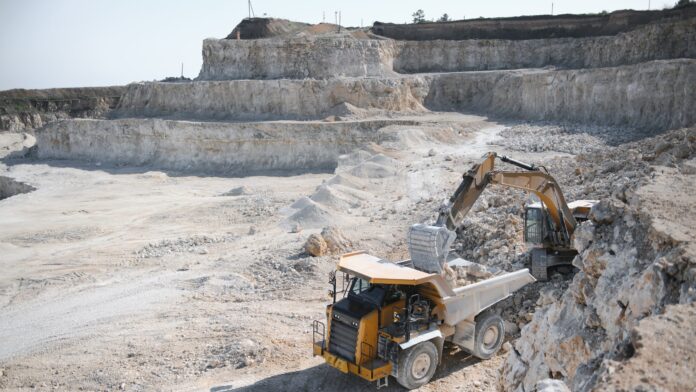The battleground of global influence has shifted. While military alliances and ideological conflicts once defined global power, today’s contest plays out through infrastructure projects, trade deals, energy routes, and financial networks. This is the age of geoeconomics, where economic diplomacy has emerged as the preferred instrument of statecraft and the new face
of soft power.
Geoeconomics refers to the use of economic tools for geopolitical ends. It is about using investment, sanctions, supply chains, and financial incentives to shape the behavior of other nations. In this realm, the pen of a central banker or the purse of a sovereign wealth fund can wield more influence than any missile system. Countries are no longer just fighting for military dominance. They are competing for economic centrality.
China’s Belt and Road Initiative is a case in point. It is not merely a global infrastructure project. It is a strategic vision to place China at the center of Eurasian trade and supply networks. Through ports, railways, and digital corridors, China is using long-term investments to extend its influence. It offers loans, development partnerships, and technology transfers in exchange for strategic positioning and diplomatic alignment.
The United States has responded with its own economic diplomacy through the Partnership for Global Infrastructure and Investment and its Indo-Pacific strategy. Western countries are now reframing development finance and trade policy as tools of influence in regions like Africa, Southeast Asia, and the Pacific. The EU is also deploying its Global Gateway initiative to counterbalance China’s reach with value-based investments in climate, health, and connectivity.
In the Middle East, countries like the UAE and Saudi Arabia are using their financial clout to expand regional influence. Investments in ports, tech startups, and renewable energy in Africa and South Asia are not just commercial decisions. They are expressions of long-term strategic
alignment. Through economic interdependence, these nations are securing not only growth, but diplomatic leverage.
This reshaping of diplomacy offers both risks and rewards for smaller nations. Countries like Sri Lanka must now navigate a crowded field of donors, investors, and development partners whose interests do not always align. Accepting financial support today may entail strategic obligations tomorrow. The line between aid and alliance is becoming thinner.
The opportunity lies in mastering economic diplomacy without surrendering sovereignty. This requires institutional strength, transparency in deal-making, and a long-term national strategy. Smaller economies can benefit immensely by becoming vital nodes in global trade, energy, and logistics networks. But they must remain clear-eyed about the strings that come with economic influence.
In this new era, embassies are not just about political dialogue. They are hubs of investment promotion, trade negotiation, and strategic branding. Economic attachés are as vital as ambassadors. Think tanks and development boards are playing a growing role in shaping foreign policy. This is soft power in a sharper form, backed by spreadsheets, satellites, and global capital flows.
Geoeconomics is here to stay. For nations that embrace it wisely, it offers a path to prosperity and relevance. For those that misjudge its game, it may bring dependency and diminished autonomy. Understanding the language of economic diplomacy is no longer optional. It is essential for national survival and success in the global system of the future.




